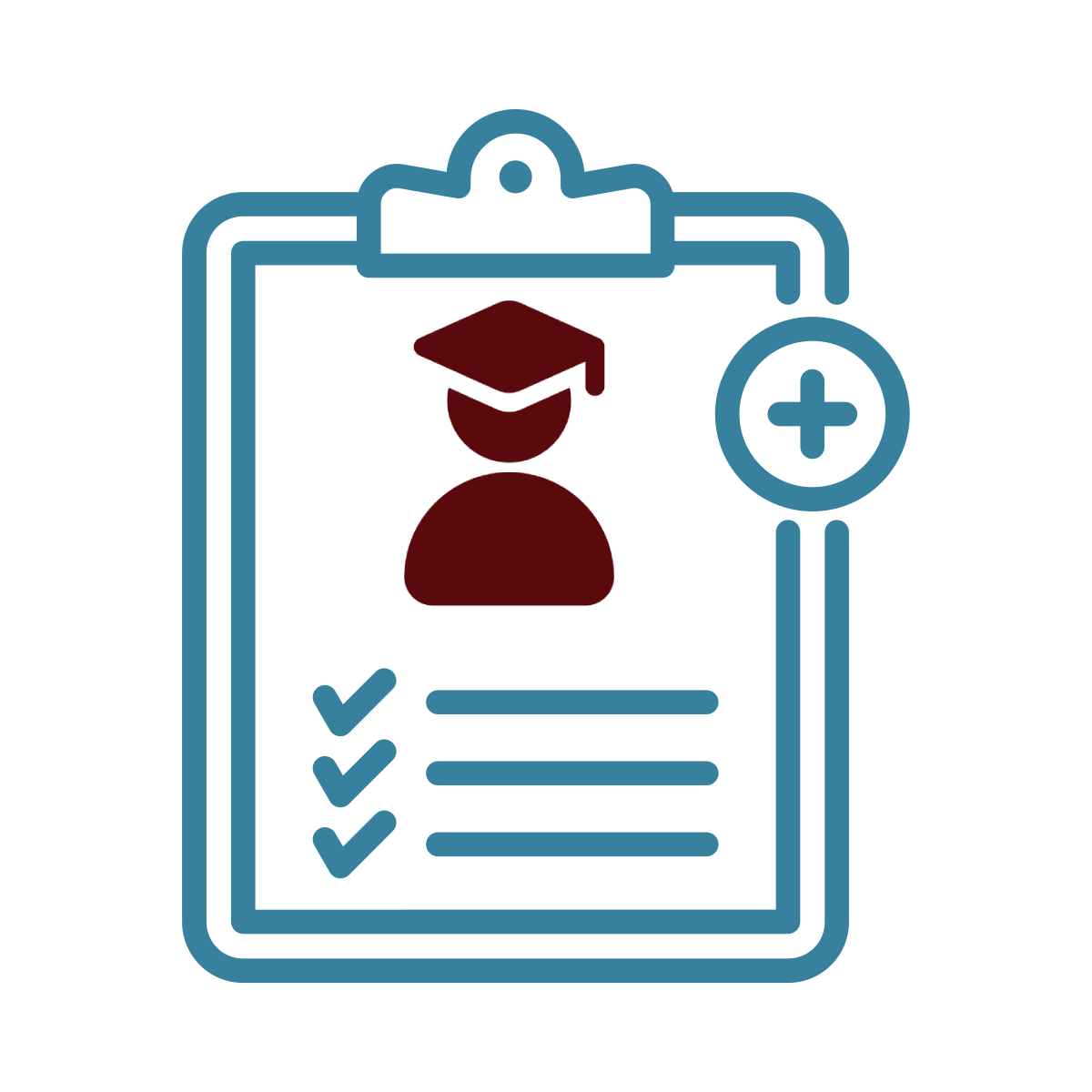The State Board of Education (SBE) is tasked with supporting the overall health of Washington’s K-12 educational system. Historically, this work has been separated into three major duties that have relied upon traditional educational outcome measures. To ensure Washington is better serving students, the SBE is working to pull these three currently separate tasks under the single umbrella of educational system health and include key metrics that better describe conditions for learning.
The Board supports the health of Washington’s K-12 educational system by engaging in the following activities:
Supporting Continuous Improvement & System Health
The Board measures statewide indicators of K-12 educational system health and conditions for learning, sets realistic but challenging systemwide performance goals, and makes recommendations to the Legislature to ensure all students have sufficient and equitable learning opportunities.
School Recognition
The Board, in collaboration with the Office of the Superintendent of Public Instruction and the Educational Opportunity Gap Oversight and Accountability Committee, operates a statewide school recognition program which annually highlights schools that demonstrate exceptional progress in key areas of student success.
Setting Assessment Standards
The Board determines the score a student must achieve to pass statewide student assessments. As part of this work, the Board collaborates with the Office of Superintendent of Public Instruction (OSPI) to annually review the state’s assessment system.



